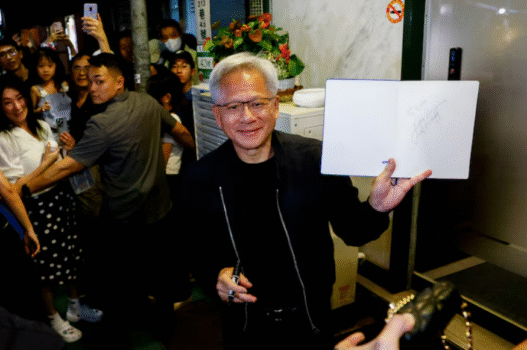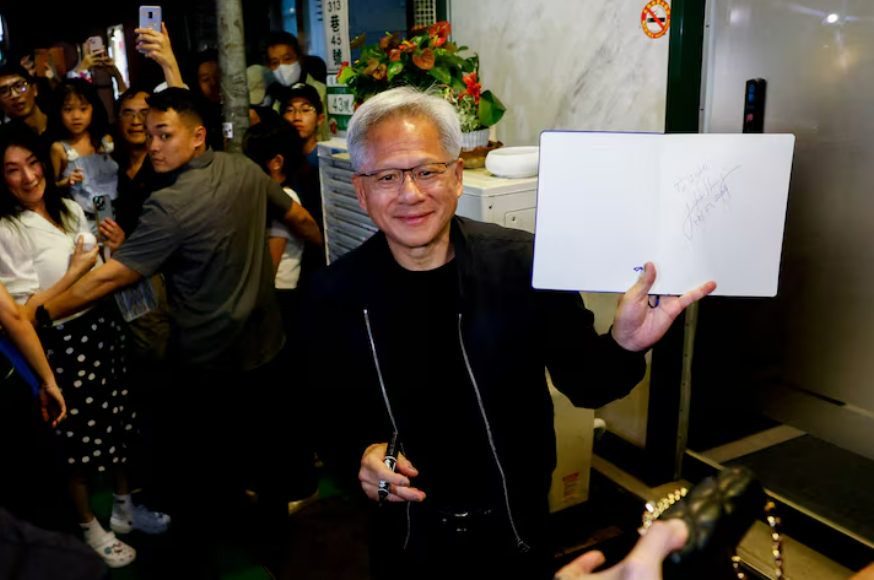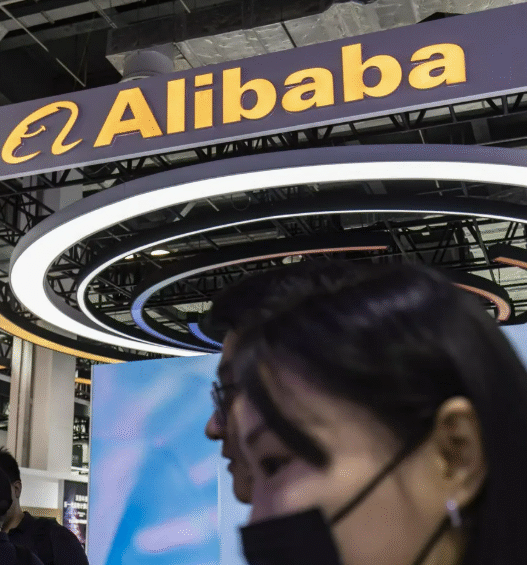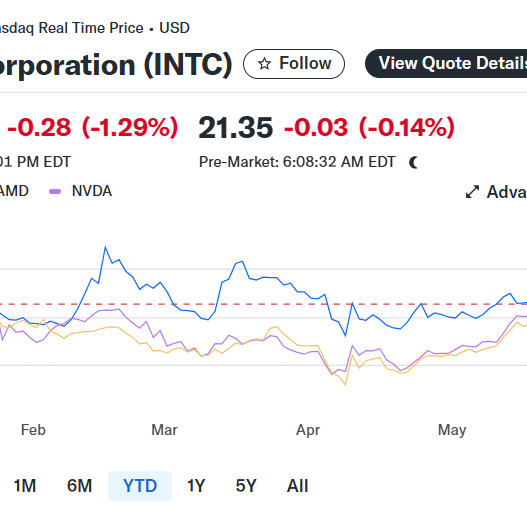In a significant development for the global semiconductor industry, Nvidia CEO Jensen Huang has confirmed that the company will not develop any more chips from its Hopper series for the Chinese market. This announcement comes amid increasing trade restrictions from the United States government targeting China’s access to advanced AI technologies.
Regulatory Challenges Reshaping Nvidia’s China Approach
During a media interaction in Taipei, Huang addressed questions about Nvidia’s plans following recent limitations placed on the H20 chip. “It’s not Hopper because it’s not possible to modify Hopper anymore,” Huang stated, according to footage from Taiwan’s Formosa TV News network.
This statement marks a turning point for Nvidia’s strategy in China, which has historically been a crucial market for the tech giant. The company now faces the complex challenge of balancing compliance with U.S. regulations while maintaining its competitive position in one of the world’s largest technology markets.
The semiconductor industry has become a focal point of geopolitical tensions between the United States and China. As experts at the Semiconductor Industry Association note, these restrictions represent unprecedented government intervention in what has traditionally been a globally integrated supply chain.
Economic Impact and Market Response
China generated approximately $17 billion in revenue for Nvidia during the fiscal year ending January 26, representing 13% of the company’s total sales. This substantial market share highlights why Nvidia has been actively seeking solutions to maintain its presence in China despite the regulatory hurdles.
Industry analysts suggest that Nvidia might explore developing entirely new chip architectures specifically designed to comply with export regulations while still meeting Chinese market needs. These developments come at a time when domestic Chinese semiconductor efforts continue to accelerate, with companies like Huawei expanding their footprint in the AI chip space.
The technology restrictions have created a complex market dynamic where Chinese companies are increasingly turning to homegrown solutions, potentially reshaping the global semiconductor landscape for years to come. For comprehensive analysis of technology market trends and their impact on global businesses, visit our technology analysis section at 1stNews24.
Political Dimensions and Future Outlook
The restrictions on Nvidia’s chips stem from the U.S. Framework for Artificial Intelligence Diffusion, which was implemented in January under the Biden administration. This framework aims to limit AI chip exports to most countries, with a particular focus on limiting China’s access to cutting-edge AI capabilities.
Interestingly, Huang expressed disagreement with previous AI export regulations, suggesting they should have focused on maximizing U.S. technology globally rather than restricting access. This perspective aligns with concerns raised by many in the technology sector about the potential long-term consequences of technological decoupling between major economies.
The situation remains fluid, with potential policy changes on the horizon. Former President Trump has indicated he would cancel the AI diffusion rules introduced by the Biden administration, creating additional uncertainty for companies like Nvidia attempting to navigate this complex regulatory environment.
Strategic Alternatives Under Consideration
Reports suggest that Nvidia plans to release a downgraded version of the H20 chip for China in the coming months. This move represents the company’s attempt to maintain market presence while complying with regulatory requirements. However, Huang’s latest comments indicate that future offerings will need to come from entirely different chip architectures.
For Nvidia, the challenge extends beyond simply designing new chips. The company must reconsider its entire approach to the Chinese market, including partnerships, distribution channels, and technology development roadmaps. This strategic pivot comes at a time when AI adoption is accelerating globally, creating both challenges and opportunities for technology providers operating in restricted markets.
Industry observers will be watching closely to see how Nvidia navigates these complexities and what new solutions it develops for the Chinese market. The company’s approach could set important precedents for how global technology firms handle increasing regulations around advanced technologies.





















